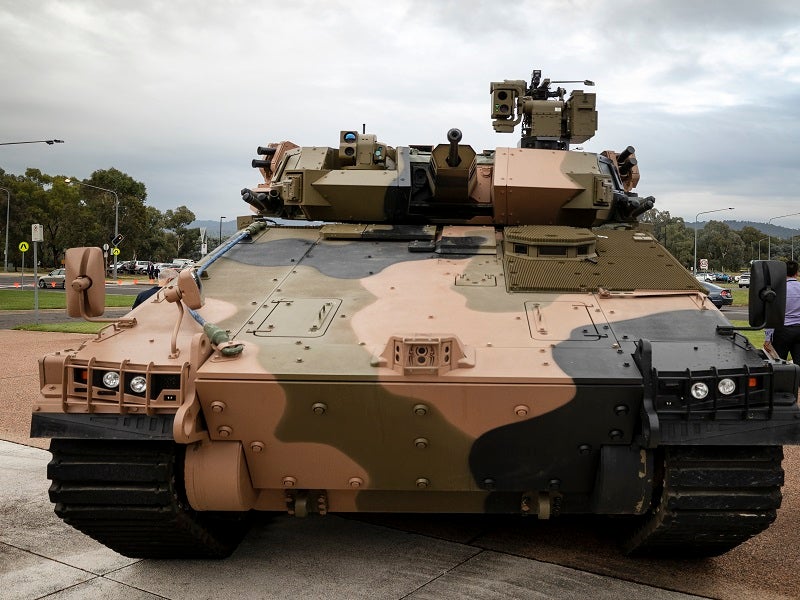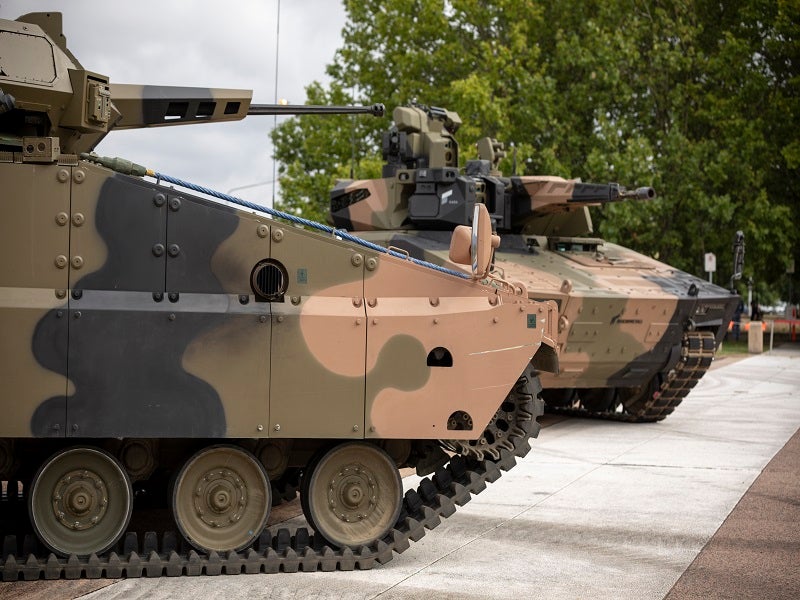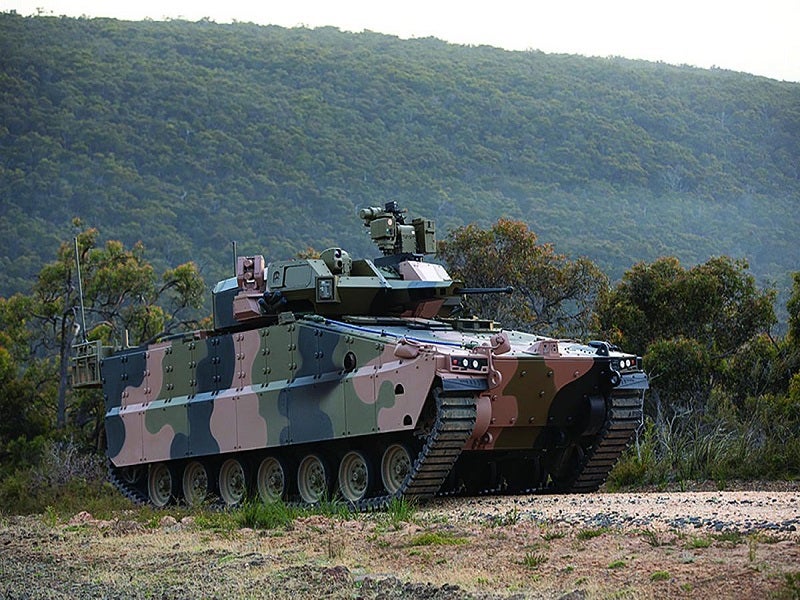The AS21 Redback is an advanced infantry fighting vehicle (IFV) proposed by South Korean company Hanwha Defense for the Australian Army.
The IFV will provide superior mobility and complete protection against ballistic, mine and chemical, biological, radiological, and nuclear (CBRN) threats.
The Redback IFV is an advanced version of the K21 IFV, which is in service with the South Korean Army (ROK Army).
The prototype vehicle was unveiled at the Seoul International Aerospace & Defense Exhibition 2019 (ADEX 2019) held at Seoul Airbase in South Korea, in October 2019.
With its next-generation armour, cannon and missiles, the Redback IFV vehicles are expected to offer mobility and firepower while protecting and transporting soldiers in close combat.
The first Redback IFV vehicle is expected to be delivered in 2027.
AS21 Redback development details
The AS21 Redback is being developed as part of the Australian Army’s LAND 400 Phase 3 IFV programme aimed at replacing the M113 armoured personnel carrier introduced in 1964.
Rheinmetall Defence’s Lynx KF41 IFV and Redback IFV were selected for the programme in September 2019.
The LAND 400 Phase 3, also known as the Mounted Close Combat Capability requirement, is an A$15bn ($10.3bn) Australian Department of Defence (DoD) project to acquire 450 IFVs and 17 manoeuvre support vehicles (MSVs) for the Australian Army.
The DoD signed contracts worth A$50m ($37.6m) with Hanwha and Rheinmetall for the Risk Mitigation Activity (RMA) phase of the LAND 400 Phase 3 programme in October 2019. The RMA trials included a range of tests to evaluate lethality, blast and ballistics, transportability, and mobility of the vehicles.
The programme progressed to the procurement process, which included the final evaluation. Hanwha Defence delivered the first two Redback IFV prototypes to the Australian Army for testing in July 2020. The third prototype was shipped in December 2020.
In March 2021, the Australian Army received three Redback IFV prototypes, of which two were used for evaluations and the remaining were used for blast testing. In August of the same year, both Redback IFV and Rheinmetall’s KF-41 Lynx were tested for their firepower capabilities.
In July 2023, the Australian Army announced Hanwha Defence Australia as its preferred partner for the LAND 400 Phase 3 programme. The Australian Army will receive 129 new vehicles across two variants.
AS21 Redback IFV design and features
The Redback IFV is designed to provide improved protection and high mobility while providing superior crew comfort. It will be integrated with a proven digital battle management system (BMS). The combat weight of the vehicle will be 42t.
The in-arm type hydro-pneumatic suspension unit (ISU) will help in reducing the overall weight of the vehicle when compared to the traditional IFV design.
The armoured vehicle will be manned by three crew members, including driver, commander and gunner while its rear compartment will be capable of accommodating eight dismounted troops.
The vehicle will offer armour protection options from STANAG Levels 2 to 6 and will be equipped with an advanced active protection system (APS) that can defend incoming line-of-sight guided anti-tank missiles / projectiles. The Iron Fist APS equipped with integrated radars and electro-optics will enable the Redback to detect, classify, and counter several threats.
Armament of the AS21 Redback
The AS21 Redback IFV will be fitted with a Redback turret, which offers advanced sensing, engagement, and command and control capabilities. The maximum combat weight of the turret will be 6,000kg, which includes weapons, missiles, APS, remote weapon station (RWS), and full ammunition load.
The turret will be armed with a Bushmaster MK44S 30mm cannon, a MAG 58 7.62mm coaxial machine gun, 76mm multi-barrel smoke grenade dischargers and two SPIKE LR2 missile launchers. It can be fitted with an EOS R400S Mk2 HD or R150 remote weapon system and Javelin anti-tank guided missiles.
Engine and mobility of the AS21 Redback
The IFV will be powered by an MTU eight-cylinder diesel engine, which generates a power output of 1,000hp.
The power pack will enable the vehicle to run at a maximum speed of more than 65km/h and attain a maximum range of 520km.
The composite rubber track (CRT) system fitted to the IFV will ensure improved mobility over rough terrains.
Contractors involved
Hanwha Defence Australia partnered with Australian space and defence company Electro Optic Systems (EOS) to bid for the Land 400 Phase 3 programme. EOS is the first-tier subcontractor under the partnership arrangement.
Hanwha collaborated with Shoal Group to finalise the design of the AS21 Redback IFV to meet the Australian Army’s requirements and develop logistics and training system concepts. The Shoal-led team includes more than 30 Australian experts.
Soucy Defence was contracted by Hanwha Defence for the supply of CRT systems for the Redback infantry fighting vehicle.
Elbit Land Systems, a defence electronics company based in Israel, supplies the Iron Fist APS, while Rafael Advanced Defense Systems provides the Spike missile for the IFV. Other contractors in the Redback team include Bisalloy Steels, ECLIPS Logistics, Milspec Manufacturing, Penske Australia, Elphinstone, Corvus, Plasan and CBG Systems.
In February 2024, Elbit secured a $600m contract from Hanwha to supply advanced protection, fighting capabilities and sensors suite.
Northrop Grumman secured a contract from Hanwha for the supply of Mk44 Stretch Bushmaster Chain Guns (Mk44S) to be integrated with the IFV in June 2024. Deliveries are expected to begin in 2026.








